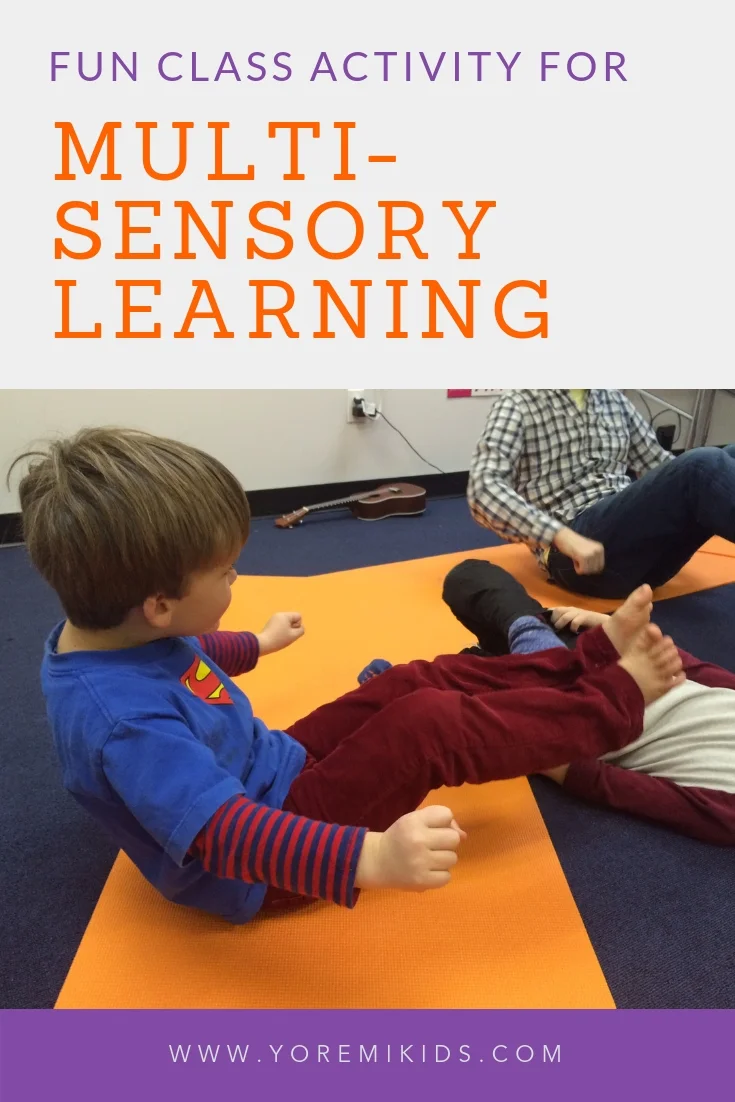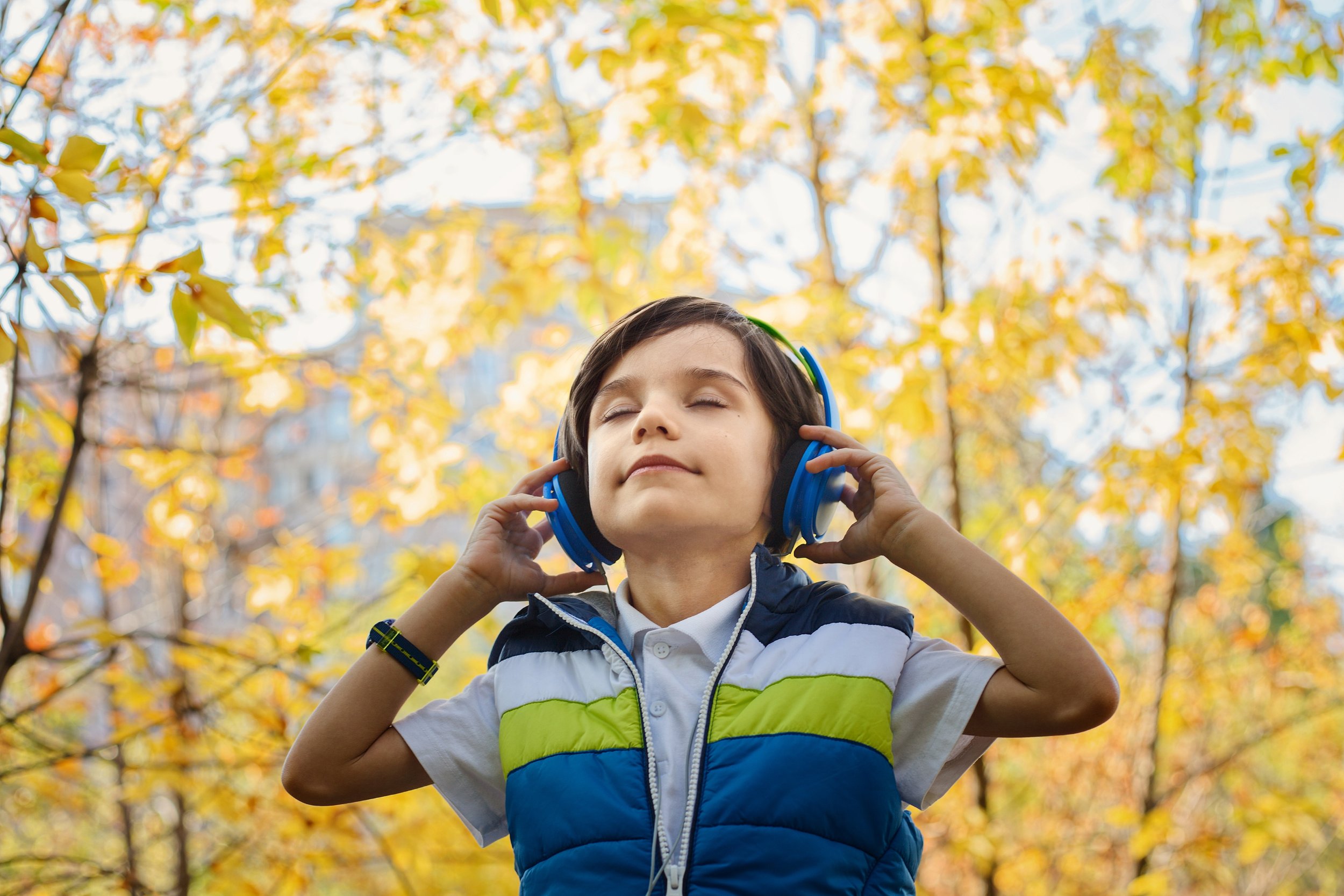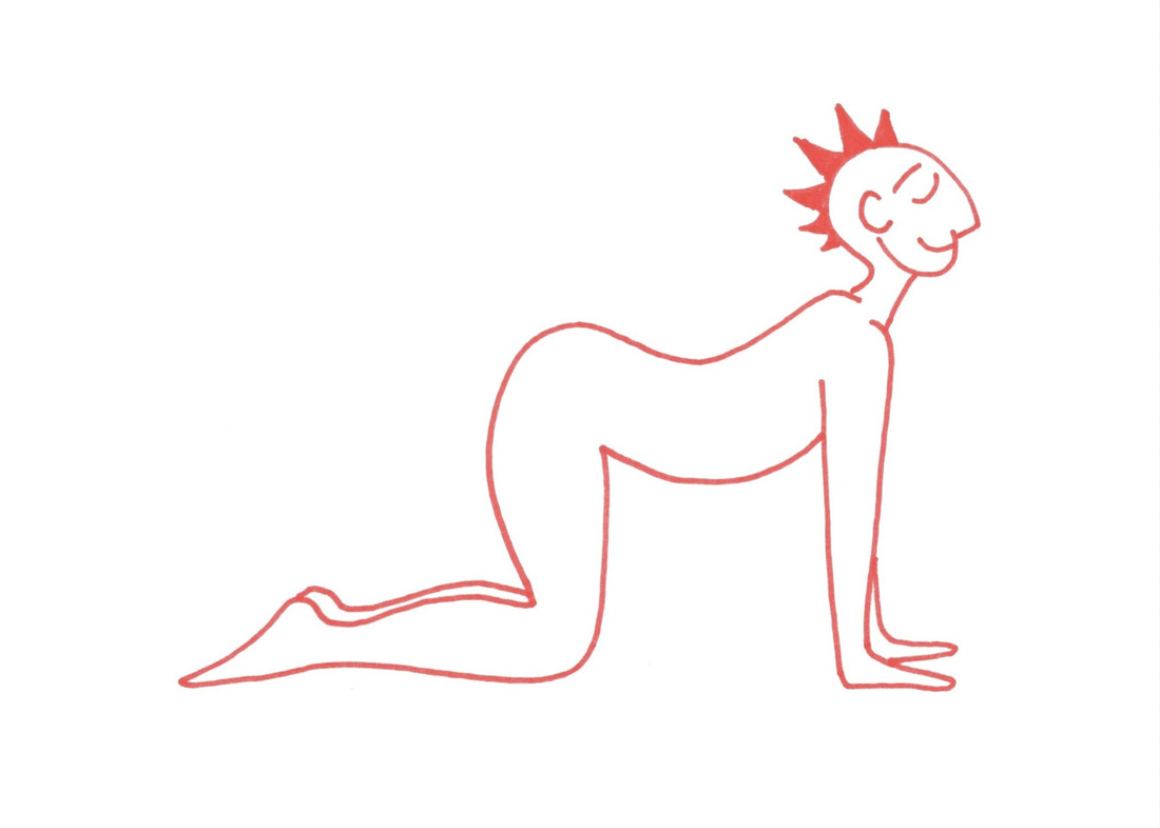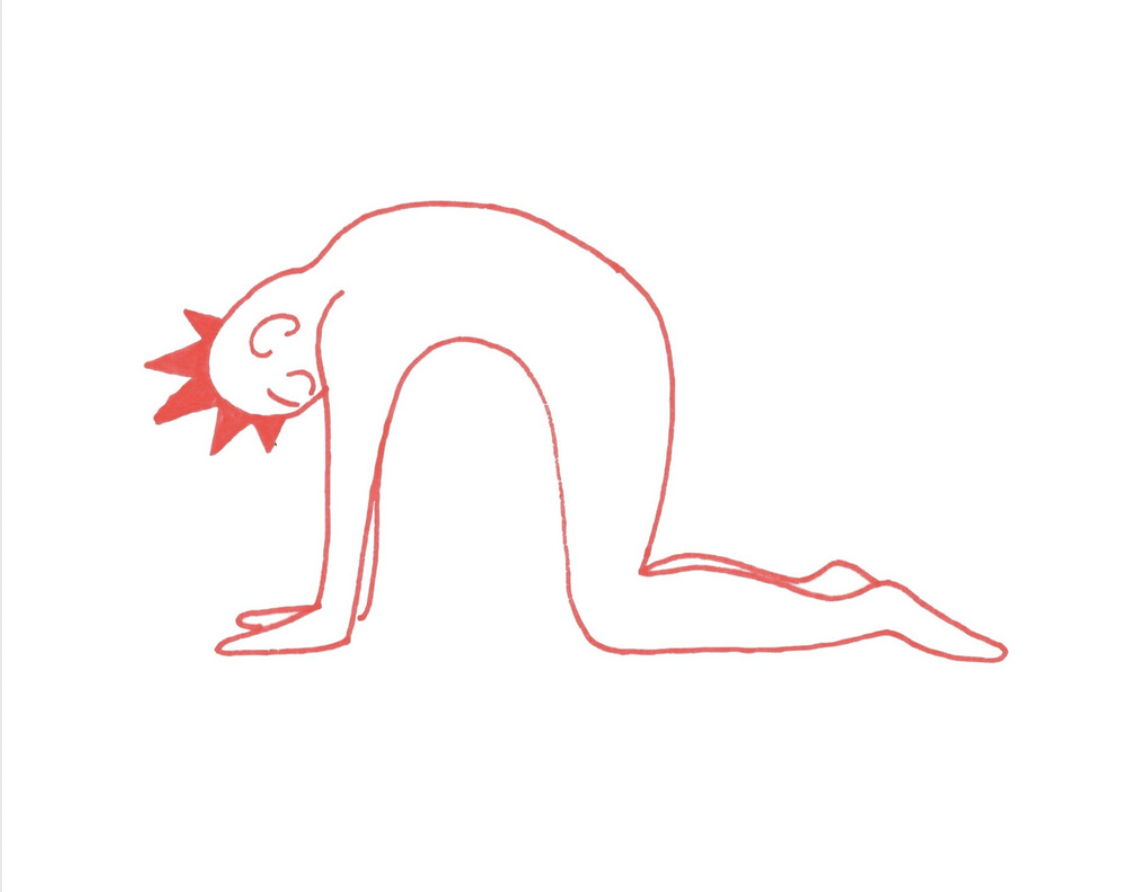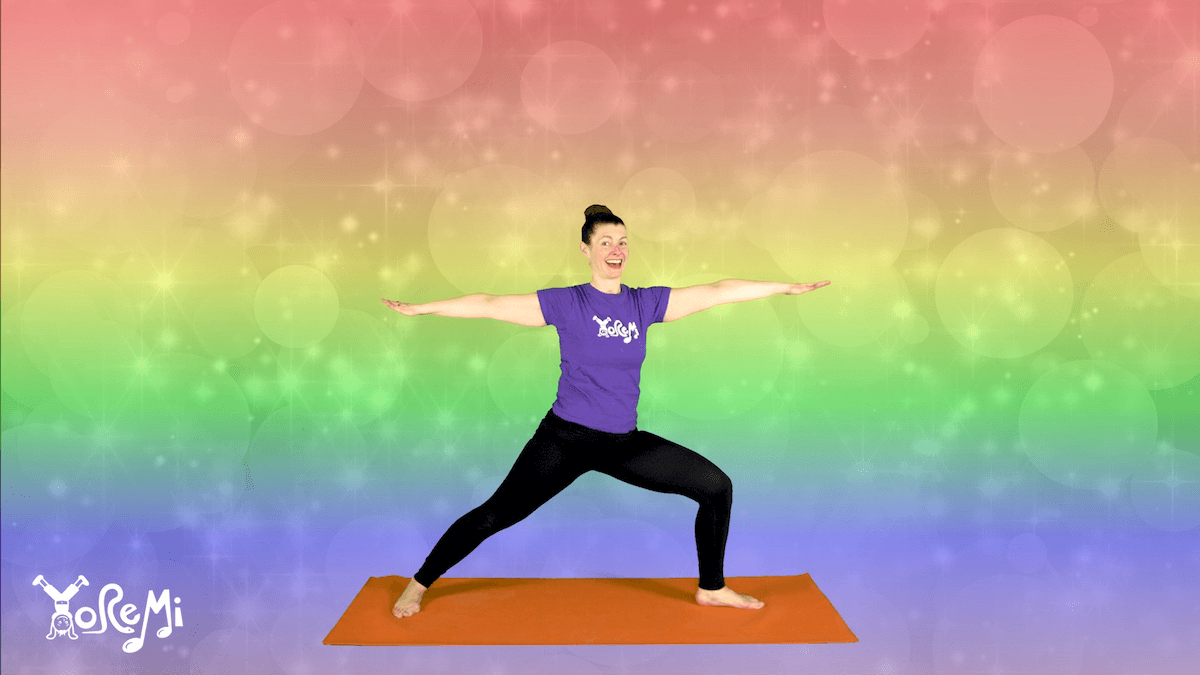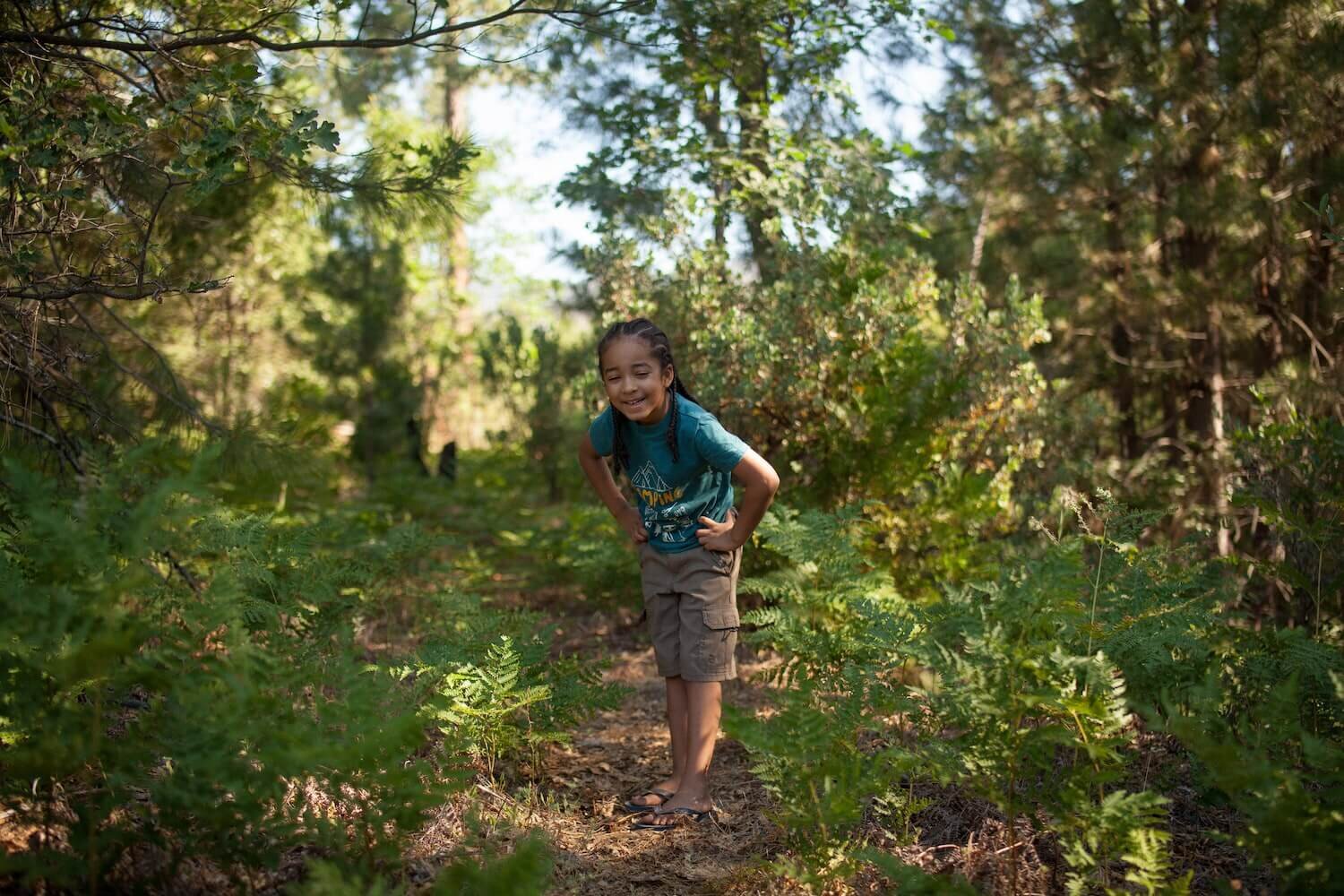How to Promote Multimodal Learning Through Music and Movement
Multimodal learning in classrooms helps children experience learning through various sensory approaches. Being flexible with learning styles and the direction of activities allows us to use children's ideas in service of our lesson.
It's our job as parents and teachers to see how their ideas can help us meet our goals or intentions.
“All our knowledge begins with the senses, proceeds then to the understanding, and ends with reason.”
As parents and educators, we are frequently encouraged to see things from a child's point of view. That perspective is the fuel that can keep a lesson or activity going!
Using Fact-Based Observation with Multimodal Learning
Take for example, "What Do You See in the Sea?": a Yo Re Mi children’s song that uses children's ideas and couples them with multimodal learning and multisensory integration.
What do we see in this video? Rachel is playing ukulele, singing a song, and moving her body like animals. This is a multimodal activity that can be applied at school or at home.
Here is a sample script to try. In a classroom or living room, there would be an introductory conversation before you start:
ICE BREAKER: Exploratory conversation
Suggest a framework: "We know that some animals live in water. Let's sing a song about some of the animals we see under the water." Knowing what we're going to do, the children are prepared and excited to share their ideas.
Then ask, "Which animals will we see today?" This provides space for students to share ideas, where you can request more information.
Children's ideas are a priceless springboard to adventurous learning. Perhaps, in this case, a child might mention seeing a shark in the sea. There is now an opportunity to take a deep dive and encourage imagination.
You might respond, "OH! A Shark! Any certain kind of shark? Is it big or small?" In this, you are telling the children, "Yes! We want to know more about your ideas! Your thoughts are important to us!"
Ask a child to make a shape with their bodies to represent that animal. Working collaboratively, the class will establish what the particular pose is.
Then invite all the children to make the pose. "Let's make sharks with our bodies!"
This sharing of ideas will repeat several times until the class has created a series of animal poses. You can take this time to offer additional ideas for animal poses - essentially demonstrating that you are part of the sharing community.
Group Activity: Introduce Music and Movement
This mindful, observant conversation, helps us transition to our song. Introducing the song, using the ukulele, your voice and body helps the children explore all they have created -- and perhaps add one or two additional poses to sustain engagement!
This activity will be about 10 minutes (5 of conversation, 5 minutes of the song -- longer than the video, because the children's ideas create additional verses)
Because this water-themed activity energizes and promotes engagement, it pairs well with an end of class relaxation exercise.
Invite the children to lay in Starfish Pose for a few minutes, breathing out “SHHH” sounds to imitate the calming sound of ocean waves, while smelling and tasting the salty air of the beach.
What are the Benefits of Multimodal Learning?
Studies show that multiple sensory stimuli can enhance an experience. When we implement multimodal strategies in the classroom, we profoundly affect learning experiences by engaging the senses -- and in turn, supporting child development.
Think of the final moments of a rock concert: when the last chord of a song ends with a big flash of light - the two elements together are very effective in stimulating our enjoyment, as well as establishing that the song has been completed, more so than if it was just music, or just light.
Photo by Richard Clyborne
Here are how the senses are engaged in the song: “What Do You See in the Sea"
Identifying the shape of the animal (SIGHT),
Determining how the body will move to imitate the animal (PROPRIOCEPTION, VESTIBULAR SENSE)
Switching animals on different sections of music (SOUND)
Moving the body in coordination with the floor or mat (TOUCH)
Imagery of the ocean air (SMELL, TASTE)
How to Enhance Your Classroom “Water Unit” with Multimodal Lesson Planning
Child development and individual classroom studies are central to our style of teaching. One of the goals of the Pre-K year is to 'observe and describe characteristics of living things.’
These are some of the important questions asked in the Water Unit created for NYC's Pre-K For All Program:
What does water do?
Where can we find water?
How does water help us?
When applied to a water unit, or studying about under-sea animals, supplement your lesson plan with a song like "What Do You See In The Sea". The song uses multimodal learning and multisensory integration to help support all learners in answering these questions, meeting their classroom goals, and encouraging further investigation.
You can use our music and movement video of the song provided above, or try any of the other free kids music and yoga videos curated for early childhood learning.
Plus, it's fun! Try it and see!




